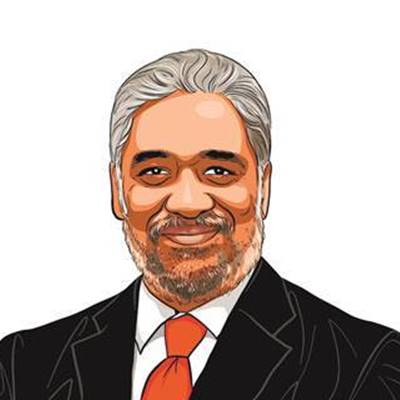Opinion Chinese Takeaway
In just one weekend,Washington has turned the much fancied notion of building a Group of Two with Beijing on its head.
Double Whammy
In just one weekend,Washington has turned the much fancied notion of building a Group of Two with Beijing on its head. Washingtons punitive tariffs on Chinese tyre imports and Beijings threat to retaliate by targeting American exports of chicken and auto parts has triggered the talk of a trade war between US and China.
Coming on top of Obamas anticipated economic measure he was under pressure from the trade unions was his decision to send a close personal friend from Chicago and currently top adviser in the White House,Valerie Jarrett to meet with the Dalai Lama in Dharamshala. Jarrett was accompanied by a senior state department official. This high level visit from Washington to Dharamshala appears to be part of Obamas effort to revive the stalled dialogue between Beijing and the Dalai Lama. Obamas two predecessors,Presidents Bush and Clinton sought to nudge Beijing into cutting a deal with the Dalai Lama on Tibetan autonomy. Neither of them had much of an effect on China.
We are firmly opposed to any foreign official meeting with the Dalai Lama, Beijing said in a terse response on Tuesday. Beijing is also likely to launch a protest with Delhi for allowing top American officials to visit the Dalai Lama. The escalation of Sino-US tensions comes days before President Hu Jintao arrives in the United States for the summit of the G-20 nations in Pittsburgh and amidst plans for Obamas visit to China in early November.
The Dalai Lama is expected to arrive in Washington in early October. It is not clear if Obama will see him before his visit to Beijing or after. All recent US presidents have met with the Dalai Lama in the White House.
Okadas tilt
If Beijing is irritated with Washington,it has reasons to be pleased with the formation of a new government in Tokyo on Wednesday. The indications are that Katsuya Okada,the next foreign minister of Japan,is positively inclined towards China. Although Okada has sought to reassure America about continuity in Japans foreign policy,he is widely seen as an Asianist.
In comments earlier this month,Okada said,There are discussions on whether Japan should attach more importance to the United States or China. However,we value both China and the United States. What worries America is the fact that Okada is putting Beijing on the same pedestal as Washington,Japans alliance partner for six decades.
Since he was a junior legislator,Okada has been part of intensive political exchanges with China. He is believed to be close to the Chinese First Vice Premier Li Keqiang,who is billed to take over from the current premier Wen Jiabao.
Although the Democratic Party of Japan has a reputation of being pro-human rights,Okada has signaled the new governments caution. In an attempt to reassure Beijing,Okada has said that the recent political unrest in Xinjiang and Tibet are Chinas domestic issues.
Needless to say,a Japan that tilts towards Beijing might have a lot less time for Delhi. In the last few years,as part of a decision to build an alliance of democracies in Asia,Tokyo has sought out Delhi for a strategic partnership. The new Japanese leaders are saying they will have nothing to do with that values-based foreign policy.
Space centre
This week China has begun construction of a new space launch centre on the Hainan Island. This will be the southern-most of the countrys four launch pads. The closer you are to the equator,the better lift you get for the rocket.
Currently China has three launch sites. One is at Jiuquan in the Gobi desert that is used for Chinas Shenzou human space flight missions. Another,at Xichang,near Chengdu in the Sichuan province has been launching satellites into the geostationary orbit; and the third is at Taiyuan south of Beijing for launching satellites into the polar orbit.
The Hainan space centre is expected to support Chinas ambitious plans to build a space station and assemble the Beidou satellite navigation network as an alternative to the American GPS and European Galileo systems. The Hainan island will host the powerful Long March 5 rocket which is expected to be unveiled in 2014.
The writer is Henry A. Kissinger Chair in Foreign Policy and International Affairs at the Library of Congress,Washington





